Fairy Tales Re-interpreted Part 1: Shannon Hale's Goose Girl
 I don't think there is a way to tell a truly original story. All stories have been told in some form or other at sometime. The key to a good story is how you tell it, how you make it your own, how you make it original. From Bridget Jones being a retelling of Pride and Prejudice to the simplest bedtime story being rewoven for you. Re-imaginings of preexisting texts and stories happen all the time. But the question remains, who does it best? I love Shannon Hale. Her books are imaginative and always entertaining. What I find fascinating is that several of her books' genesis are fairy tales by the Brothers Grimm. But these are definitely not your grandparents fairy tales! She often turns the story on it's head, changing the underlying theme or moral without destroying the basic structure, creating a far richer and more interesting world. Instead of stories of obedient and subservient girls we read about strong willed girls, able to take care of themselves, and not waiting in the tower for some prince, especially in the case of Rapunzel. She believes Fairy Tales are wonderful in that they are stripped down of everything superfluous, and what remains after countless generations is the pure, true essence of storytelling, in other words, the best outline to start with. As Shannon Hale said when I saw her speak in Milwaukee promoting Book of a Thousand Days, she doesn't feel a need to retell her favorite stories, she feels a need to retell those that piss her off. She then went on to say that she was working on a new story based on Rapunzel (Rapunzel's Revenge released last August) mainly because she felt Rapunzel needed a refashioning because of her being helpless in a tower and her wanting to dig up Jacob and Wilhelm to slap them around and demand to know what they were thinking. The Goose Girl is based on the tale of the same name...but what does it really share in common with the original?
I don't think there is a way to tell a truly original story. All stories have been told in some form or other at sometime. The key to a good story is how you tell it, how you make it your own, how you make it original. From Bridget Jones being a retelling of Pride and Prejudice to the simplest bedtime story being rewoven for you. Re-imaginings of preexisting texts and stories happen all the time. But the question remains, who does it best? I love Shannon Hale. Her books are imaginative and always entertaining. What I find fascinating is that several of her books' genesis are fairy tales by the Brothers Grimm. But these are definitely not your grandparents fairy tales! She often turns the story on it's head, changing the underlying theme or moral without destroying the basic structure, creating a far richer and more interesting world. Instead of stories of obedient and subservient girls we read about strong willed girls, able to take care of themselves, and not waiting in the tower for some prince, especially in the case of Rapunzel. She believes Fairy Tales are wonderful in that they are stripped down of everything superfluous, and what remains after countless generations is the pure, true essence of storytelling, in other words, the best outline to start with. As Shannon Hale said when I saw her speak in Milwaukee promoting Book of a Thousand Days, she doesn't feel a need to retell her favorite stories, she feels a need to retell those that piss her off. She then went on to say that she was working on a new story based on Rapunzel (Rapunzel's Revenge released last August) mainly because she felt Rapunzel needed a refashioning because of her being helpless in a tower and her wanting to dig up Jacob and Wilhelm to slap them around and demand to know what they were thinking. The Goose Girl is based on the tale of the same name...but what does it really share in common with the original? As written by the brothers Grimm, old Jacob and Wilhelm, a young princess is sent with her waiting-maid on her talking horse Falada to the next kingdom where she is to wed the prince. The princess is weak and subservient, so the maid in waiting takes advantage of her and assumes her identity, relegating the princess to help with the castle's geese upon arrival to the kingdom where the princess would have one day been queen. The waiting-maid, not being an idiot, has Falada killed so the horse won't talk. The princess spends her time with the geese and Curdken, another servant. Curdken thinks the princess is weird because she talks to Falada's head where it's been mounted outside the city, and also because when he tries to tease her she is able to summon the wind to blow his hat away so she can play with her hair in peace. Obviously Curdken thinks this is weird so her goes to the king, who figures out that the goose girl is the real princess. So the king has a banquet where the waiting-maid and the princess sit on either side of the prince. The king then tells the tale of the princess and asks the false bride what she would do to the imposter. She suggests rolling in a cask with nails till death, so off she goes to her death and they are all happy. The prince especially so because he has the prettier of the two and she is nice and meek and patient.
As written by the brothers Grimm, old Jacob and Wilhelm, a young princess is sent with her waiting-maid on her talking horse Falada to the next kingdom where she is to wed the prince. The princess is weak and subservient, so the maid in waiting takes advantage of her and assumes her identity, relegating the princess to help with the castle's geese upon arrival to the kingdom where the princess would have one day been queen. The waiting-maid, not being an idiot, has Falada killed so the horse won't talk. The princess spends her time with the geese and Curdken, another servant. Curdken thinks the princess is weird because she talks to Falada's head where it's been mounted outside the city, and also because when he tries to tease her she is able to summon the wind to blow his hat away so she can play with her hair in peace. Obviously Curdken thinks this is weird so her goes to the king, who figures out that the goose girl is the real princess. So the king has a banquet where the waiting-maid and the princess sit on either side of the prince. The king then tells the tale of the princess and asks the false bride what she would do to the imposter. She suggests rolling in a cask with nails till death, so off she goes to her death and they are all happy. The prince especially so because he has the prettier of the two and she is nice and meek and patient. As written by Shannon Hale we have all the plot elements above, we have the Princess, Ani, going with her maid in waiting, Selia, to the country of Bayern to wed a prince she's never seen. On the way the hired men divide into two factions, those for Ani and those for Selia. Selia's men revolt and kill everyone against Selia. Ani escapes and takes refuge in the very German forest while Selia goes onto the capital of Bayern and claims she is Ani. The true Ani heals with the help of some Forest Born and eventually heads to the palace in disguise to claim what is hers. Once she gets there she realizes the extent of Selia's treachery and for fear of her life goes into hiding taking care of the King's geese till her time comes, and cozying up to the King's guard, Geric. Ani spends her time planning to get her horse, Falada, back and then once she has saved up enough money she will buy her way back home amongst some traders heading to Kildenree. Not all goes to plan, Falada has been driven mad and it breaks her heart when they kill him. She requests that the butcher give Falada a proper burial, to which he sticks his mounted head above the Goose Gate, which sickens Ani to the very core. The rogue Kildenreans finally find Ani and she escapes with her life back to the Forest Born who sheltered her. She then finds her top guard, Talone, is still alive and they form a plan to get Ani the hand of the prince. Because Selia is so clever, she has lied about an impending war between the nations so that anyone who could identify her as an imposter will die. Ani now must save her country, and this prompts her to come out of hiding. She rides to the lakefront estate where the army is massing and gets an audience with the King claiming to be her younger sister. She confesses all and it looks like Selia will win, but Selia gets cocky and overplays her hand and the bad guys all die, and Ani gets to marry Geric, because it turns out he is really the prince.
As written by Shannon Hale we have all the plot elements above, we have the Princess, Ani, going with her maid in waiting, Selia, to the country of Bayern to wed a prince she's never seen. On the way the hired men divide into two factions, those for Ani and those for Selia. Selia's men revolt and kill everyone against Selia. Ani escapes and takes refuge in the very German forest while Selia goes onto the capital of Bayern and claims she is Ani. The true Ani heals with the help of some Forest Born and eventually heads to the palace in disguise to claim what is hers. Once she gets there she realizes the extent of Selia's treachery and for fear of her life goes into hiding taking care of the King's geese till her time comes, and cozying up to the King's guard, Geric. Ani spends her time planning to get her horse, Falada, back and then once she has saved up enough money she will buy her way back home amongst some traders heading to Kildenree. Not all goes to plan, Falada has been driven mad and it breaks her heart when they kill him. She requests that the butcher give Falada a proper burial, to which he sticks his mounted head above the Goose Gate, which sickens Ani to the very core. The rogue Kildenreans finally find Ani and she escapes with her life back to the Forest Born who sheltered her. She then finds her top guard, Talone, is still alive and they form a plan to get Ani the hand of the prince. Because Selia is so clever, she has lied about an impending war between the nations so that anyone who could identify her as an imposter will die. Ani now must save her country, and this prompts her to come out of hiding. She rides to the lakefront estate where the army is massing and gets an audience with the King claiming to be her younger sister. She confesses all and it looks like Selia will win, but Selia gets cocky and overplays her hand and the bad guys all die, and Ani gets to marry Geric, because it turns out he is really the prince.
As interpretations go, the summery above shows the basic structure is intact, and little details like the horse being named Falada, and the manner of Selia's death and other little things here and there are one and the same but fleshed out. But several more supernatural aspects of the original story need to be addressed: Falada talks, Ani does as Selia says, Selia oozes self-confidence and it appears that the princess has the power to control the wind. Shannon Hale chose to quickly address these concerns within the mythology of the world she created. There are ancient legends in Kildenree that speak of people who can talk to animals, and it is said that if you are at the birthing of a foal they are born with their true name on their tongue and speak it only once and if you are present and speak the name back to them, you are forever bonded. Ani did this with Falada, so they can speak (only to each other I might add). But further legends say that not only are there animal speakers, there are people speakers, usually kings and queens who have the ability to sway people to their wills. Ani's mother is a people speaker and uses it justly to rule her kingdom. Unfortunately for Ani, Selia is also a people speaker, and this is Ani's downfall, because Selia is able to talk to people and use her words to weave a spell of her choosing, mainly she should be queen. Even further legends speak of those who could speak to the elements, water, fire and earth, nature speakers. These are the tales that truly fascinate Ani. In her grief over Falada she strains to hear him speak her final word to her "Princess" and instead she hears another voice, the voice of the wind. She slowly realizes she can persuade it and learn from it, using it to help escape and finally defeat Selia. By creating this mythology Shannon Hale has made something that was weird and implausible, plausible within the realm of her book. And Ani is weak at the beginning because she has never had to do anything for herself, she has never had to stand up for anything or anyone, by striking out on her own she becomes the woman who can stand up to Selia and is worthy of being Queen. A worthy re-interpretation, a goose girl becomes queen by her own hand not because she is weak and will do as she's told but because she is strong willed and will rule justly.
The Goose Girl by Shannon Hale
Published by: Bloomsbury
Publication Date: August 2003
Format: Hardcover, 383 Pages
Rating: ★★★★★
To Buy
























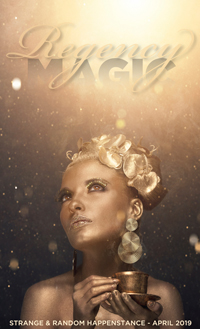
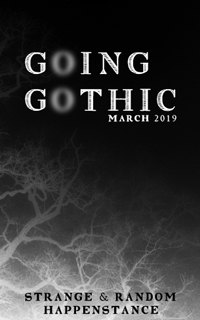
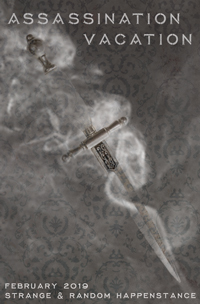
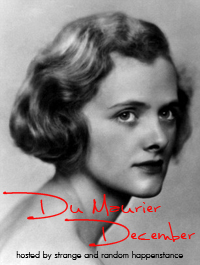
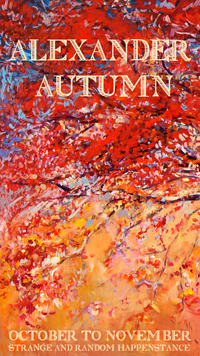


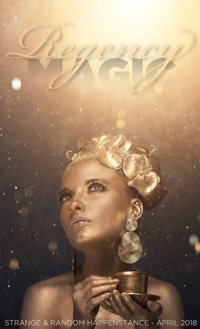




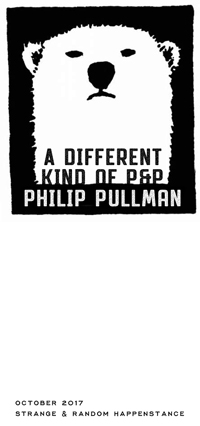



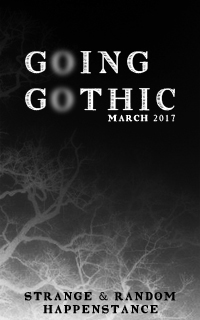

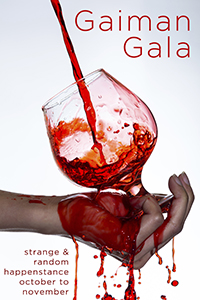
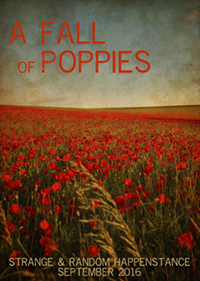

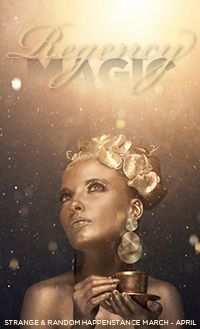



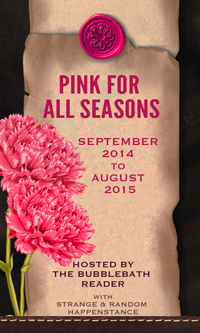
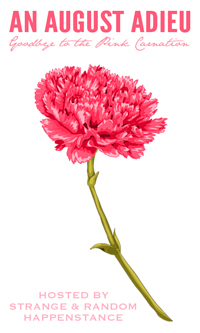




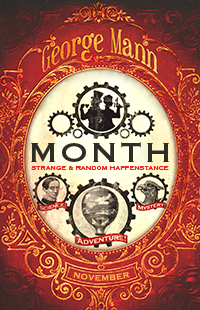






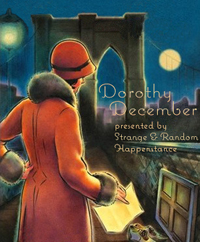























Post a Comment